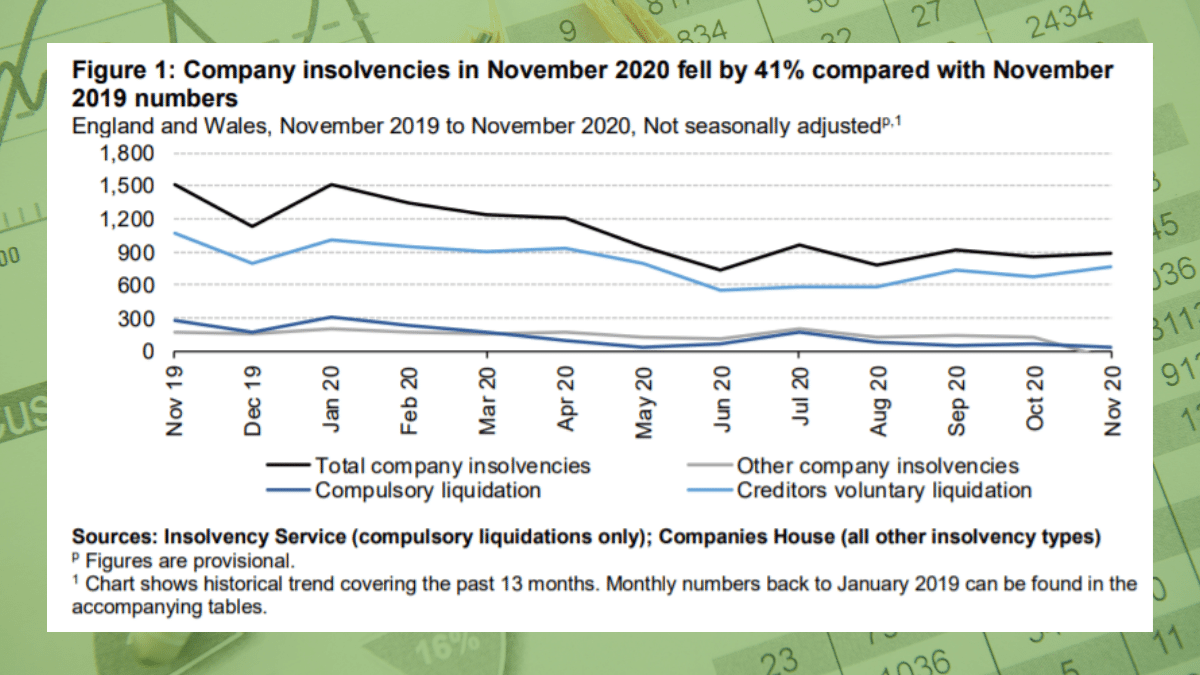The 9-Minute Rule for Insolvency Practitioner
The 9-Minute Rule for Insolvency Practitioner
Blog Article
Insolvency Practitioner Can Be Fun For Everyone
Table of ContentsA Biased View of Insolvency Practitioner4 Simple Techniques For Insolvency PractitionerThe 8-Second Trick For Insolvency Practitioner5 Simple Techniques For Insolvency PractitionerThe 7-Second Trick For Insolvency PractitionerThe Greatest Guide To Insolvency PractitionerGetting The Insolvency Practitioner To Work
Insolvency is when obligations are higher than the value of the firm, or when a borrower can not pay the debts they owe. A business can end up being financially troubled because of a number of situations that bring about bad capital. When encountered with bankruptcy, a service or individual can call financial institutions straight and restructure financial obligations to pay them off.Insolvency can cause bankruptcy procedures, in which lawsuit will certainly be taken versus the bankrupt person or entity, and properties might be sold off to pay off exceptional financial obligations. Company owner may call creditors directly and restructure financial obligations right into more convenient installments. Financial institutions are commonly open to this strategy because they desire to be repaid and stay clear of losses, even if the payment gets on a postponed routine.
The Basic Principles Of Insolvency Practitioner
The proprietor develops a proposal describing just how the debt may be reorganized making use of expense decreases or various other plans for support. The proposal shows creditors just how the service might generate enough cash flow for lucrative procedures while paying its financial obligations. Usually, a forgiven debt might be taken into consideration income by the Internal Profits Solution (INTERNAL REVENUE SERVICE).

A Biased View of Insolvency Practitioner
The service might wind up paying big amounts of money in problems and be incapable to proceed procedures. When operations discontinue, so does the firm's revenue. Absence of earnings causes unpaid bills and lenders asking for cash owed to them. Some business become financially troubled because their items or solutions do not develop to fit consumers' transforming demands.
Expenditures go beyond profits and expenses continue to be unsettled. Cash-flow bankruptcy takes place when a business has the assets to cover their financial debts however they are in the incorrect form, such as actual estate rather of fluid funds. Balance-sheet bankruptcy, on the other hand, shows an absence of possessions in any form to cover financial debts.
The IRS states that a person is financially troubled when the overall obligations surpass total possessions. A insolvency, on the various other hand, is an actual court order that shows how a bankrupt person or organization will certainly pay off their lenders, or just how they will sell their assets in order to make the settlements.
6 Simple Techniques For Insolvency Practitioner

Recognizing the aspects that can result in bankruptcy, such as overspending, can assist you stop insolvency and its repercussions.
The Insolvency Practitioner Ideas
It is popular that directors and police officers of companies (and supervisors of limited responsibility companies) owe fiduciary duties to their organizations and their shareholders (or members). These fiduciary responsibilities are defined by state laws and, though there are variations from state to state, they generally consist of a task check my reference of commitment and a responsibility of treatment.
The obligation of treatment needs directors and officers to exercise persistance, to make enlightened choices, and to act in excellent faith so that their activities are in the finest interest of the company. Though past the range of this discussion, some states enable these obligations to be restricted either by so keeping in mind in the business records or adhering to various other requirements.
How Insolvency Practitioner can Save You Time, Stress, and Money.
Most states define bankruptcy in 2 ways( 1) when a company's responsibilities end up being higher than the sum of its possessions or (2) when the company ends up being not able to pay its financial debts as they end up being dueand embrace both definitions (Insolvency Practitioner). The change in tasks takes place since when a company is insolvent, there is no worth in the business past that owed to the company's creditors to make sure that the equity owners no longer have a financial risk in the firm
Beware concerning giving investors favoritism at the cost of financial institutions (e.g., authorizing and funding a returns or a stock redemption). Take care regarding favoritism in between classes of investors. Clear up efforts to find out all the facts before taking a details program of activity; supervisors need to genuinely believe that any choices made are in the very best passions of the firm in its entirety (i.e., decisions will be assessed in hindsight taking into account the impact of such actions on the company).
In any bankruptcy or bankruptcy case, repayments these details made to specific lenders at the cost of other lenders can be clawed back, particularly if there is some link between the company and the creditor. Think about proposing at an annual shareholder conference (or any type of various other meeting of shareholders) a resolution attesting that all prior company decisions and actions taken by the directors and officers of the firm were absorbed good belief after an exercise of reasonable care.
The Ultimate Guide To Insolvency Practitioner
Completely divulge any kind of individual or organization connections with celebrations on the various other side of transactions including the firm to avoid the appearance of a dispute of passion. In try these out reviewing possible fund raising transactions or a sale of possessions of the troubled firm, be aware that these purchases might be inspected later due to any kind of succeeding growth of supervisors' fiduciary obligations to include financial institutions.
Report this page